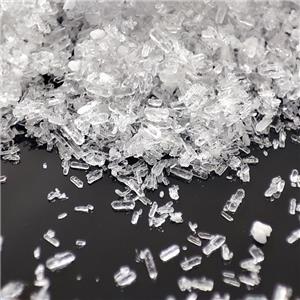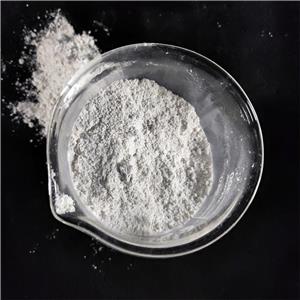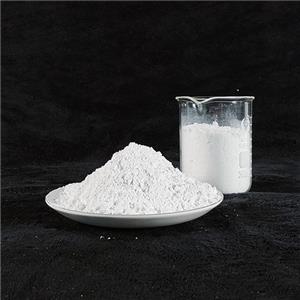Understanding Calcium Carbonate: Comprehensive Analysis of 17 Differences between Light Calcium and Heavy Calcium-3
9. Settlement volume
The sedimentation volume refers to the volume of unit mass of calcium carbonate in 100 mL of water after shaking and standing for 3 hours. The larger the sedimentation volume, the smaller the particle size, the lighter the density, and the higher the product grade.
Heavy calcium: The sedimentation volume is low, usually 1.1~1.4mL/g.
Light calcium: The sedimentation volume is larger, usually 2.4 to 2.8 mL/g, while nanoscale light calcium can reach 3.0 to 4.0 mL/g.
10. Specific surface area
Heavy calcium:The specific surface area of ordinary heavy calcium is generally about 1m²/g, while the specific surface area of fine heavy calcium carbonate is 1.45~2.1m²/g.
Light calcium: The specific surface area of ordinary light calcium is usually about 5m²/g, and the specific surface area of fine light calcium carbonate is higher, up to 27~87m²/g.
11. Liquidity
Heavy calcium: granular structure, low oil absorption value, will not significantly affect the fluidity in the formula, so the amount added is not limited. In PVC pipes, even if more than 25 parts are added, the fluidity will not be adversely affected.
Light calcium: The microstructure is spindle-shaped, with high oil absorption value and easy absorption of lubricants, plasticizers and other components in the formula, thus reducing fluidity. When the addition amount exceeds 25 parts, the fluidity decreases significantly and is not suitable for high addition amount formulas.
12. Price
Heavy calcium: produced through mechanical crushing and grinding, the process is relatively simple, so the cost is low.
Light calcium: It is produced using a complex chemical reaction precipitation process, which requires higher technology and equipment. The production cost is about 30% higher than that of heavy calcium. Under the same conditions, choosing heavy calcium is more economical and affordable.




